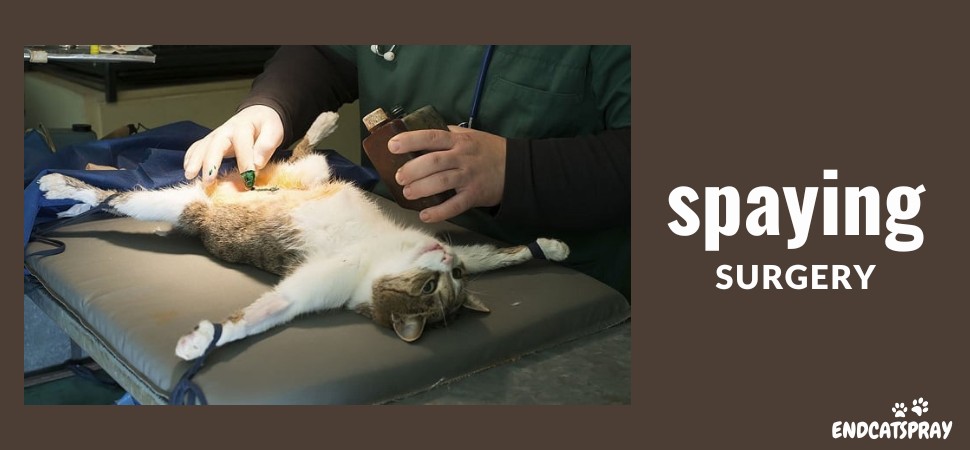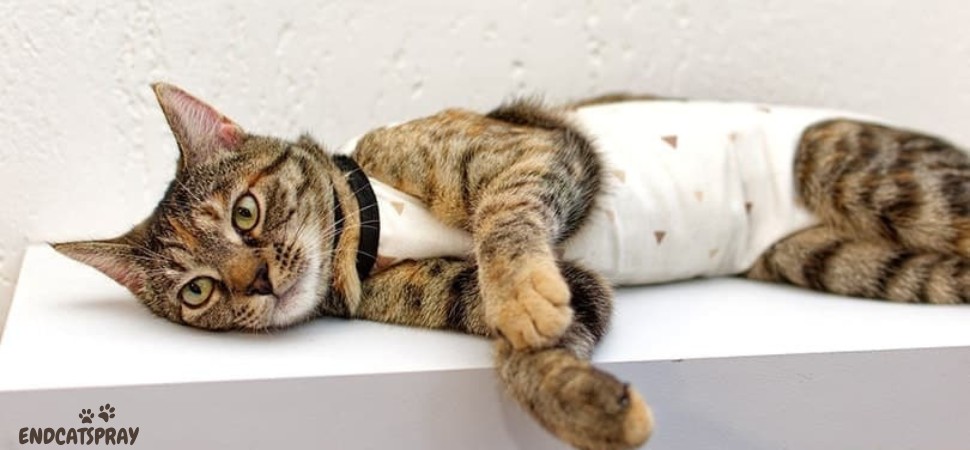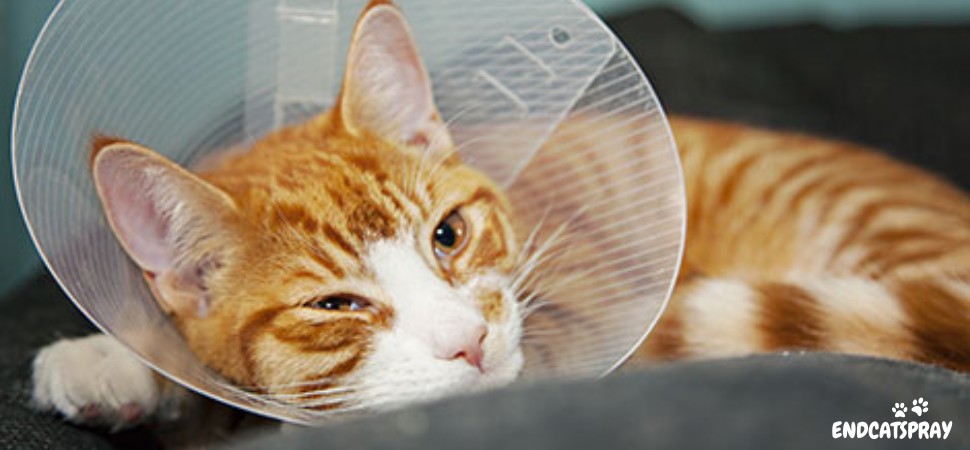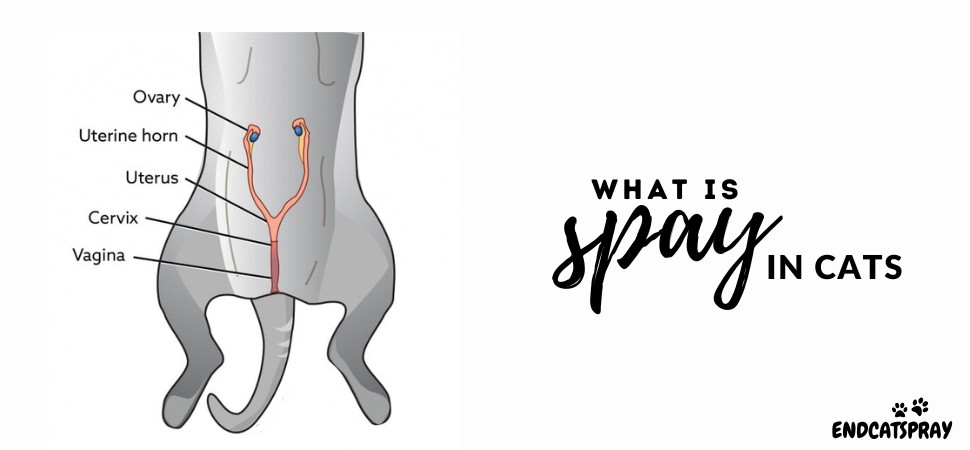Spaying your pet is one of the best procedures, or you can say a gift to your pet and yourself. This procedure reduces the number of orphan cats with no one to care for. Generally, cats who are spayed live healthy as compared to other cats. They face fewer complications and behavioral issues after these procedures. If you plan to get your pet in your house, you must follow the rules to spay your cats. Let’s discuss briefly when is it too late to spay a cat.
Key Takeaways
- A spay is the surgical process applies on female cats to eliminate the chances of pregnancy and heat cycle.
- There are two types of surgeries called ovariectomy and ovariohysterectomy.
- After the surgery she need proper attention and provide her a quiet and clean place so she may not disturb.
- The healing process is to take 10 to 14 days.
- • If you feel any swelling or lump after the surgery contact your vet for further assistance, because it may convert into hernia.
What is spay in cats?
A spay is a procedure or, you can say, a surgical process applied on female cats to eliminate the chances of pregnancy. Spaying removes the ovaries and uterus in cats to prevent the heat cycle. The best time to spay a cat is between three to six months of age when the organs are growing to maturity level. It will also reduce the chances of mammary cancer in the future and fewer chances of infection in the uterus.
This procedure also prevents the female reproductive organs, including vaginal hyperplasia, the swelling of the vaginal wall, which occurs during the heating cycle, uterine prolapse, the bulging of the uterus into the vagina: and a variety of infections and cancers.
Preparing a cat for surgery:
First, go to your vet for a checkup. They perform a physical examination of your cat, and if they find no other complication, they guide you to the prerequisite of the procedure.
Generally, it is considered your cat has an empty stomach before the procedure but it is okay to give a small quantity of water. Fasting reduces the chances of vomiting during surgery. The vet suggests the exact time of fasting.
This procedure generally takes 20 to 30 minutes. And in most cases, the discharge is also on the same day.
Cat spaying surgery:

There are two types of surgeries performed by veterinarians: ovariectomy (removal of a cat’s ovaries) and ovariohysterectomy (removal of the ovaries and the uterus). Both cat spay procedures are secure, safe, and useful.
Ovariohysterectomy:
It is the most common procedure in which the uterus and ovaries are both removed through surgery.
The procedure begins with the shaving area on the underside of your cat’s belly. This procedure is useful for preventing the chances of infection. the vet starts the surgery with the incision (cut) to the shaved area and removes the entire reproductive system, including the ovaries, uterus, and the area where the uterus and fallopian tubes connect.
Ovariectomy:
This procedure is less common in removing only the cats’ ovaries.
For this surgery, the incision (cut) is made underside your cat’s stomach or on her flank (around the stomach). After this procedure, there is still a chance your cat will get uterine cancer because the uterus is still there.
After care for cat spay:

After the surgery, you need to ensure your cat is under your eye because she is not completely in her senses due to the incision for some time. Your vet may also suggest using a collar to prevent your cat from licking or scratching the stitches. Some swelling is expected after the surgery, but if you find any blood around the surgery area, you must contact your vet immediately.
Provide her with a quiet environment and clean place to her. Ensuring her bedding remains dry. Maintain the cleanliness of her litter box. Give her fresh water at her designated spot. After the surgery, keep other cats away from her.
Your cat may not be interested in eating after the surgery. This is normal behavior, and her appetite should be normal after a few days.
Cat recovery after spaying:

The healing process is to take 10 to 14 days. Usually Elizabethan collar is sent along with a cat at discharge. E-Collar is used to avoid licking the surgery area because licking may cause infection or swelling. She is feeling irritated and may take off the collar. In that case, you must focus extra on her to avoid licking. The speed of cat spay recovery depends on how much you give attention to her.
If you feel any swelling or lump after the surgery could be several things. But there is a possibility your cat has a hernia after being spayed.
Cat spay incision lump:
As discussed above, it is common for your cat to develop a lump around their spaying incision area. Lumps caused by surgical cutting of tissues create localized inflammation around the surgical area. Remember that some minor swelling is part of the healing process. Though major swelling needs attention, it may indicate that your cat has a hernia or any other infection.

Cat hernia after spay:
Hernia are holes and defects in the walls that separate one body part from others. Hernia may be caused by the collection of fats, intestine, and weak muscle walls that allow organs and tissues to pass through.
Hernia can occur at any time. There is no specific time duration for it. But there is a chance hernia can develop due to the surgery.
Can you spay a cat in heat?
It is recommended to avoid spaying a cat in the heat cycle. When your cat is in heat, blood vessels encompassing her ovaries and uterus are larger. This means a higher risk of excessive bleeding during the procedure.
Sometimes, there are situations like your cat can come on heat again right after the previous heating cycle. So there is a possibility you miss the opportunity to spay your cat. But it is still recommended to get advice from your vet.
Can a cat go into heat after being spayed?
Generally considered that the spayed cats did not come on heat again. If your female cat is neutered at an adult age, she might develop that behavior. Another reason some female cats may show physical signs after the surgery is that some ovarian tissues are not removed properly during the excision. If those tissues remain active, then this behavior will continue. Sometimes presence of abnormal ovarian tissues is the reason she goes into heat again after the surgery.
Can a cat get pregnant after being spayed?
Without a uterus, she is not able to get pregnant. So, there is no chance of your cat getting pregnant after spaying.
When is it too late to spay a cat:
If a cat comes on heat again, the question may arise in your mind: when to spay a cat? If your cat is healthy then you can spay your cat at any age. But the best time to neuter a cat is at a young age before developing a habit of heating.
How much does it cost to spay a cat?
Whenever you think about spaying a cat, a question arises: how much does it cost to neuter a cat?
Although this is considered a major surgery, the cost may vary depending on location. But still, I can give you the average price of the surgery is $100 to 150$. The tests for examination and the medication for post-surgery are different. So you can assume $300 to $500 approximately.
If you feel the cost is too high, you can find a low-cost spay provider by visiting the Humane Society and ASPCA websites.
Conclusion:
If you want a cat at home, then I recommend you to spay a cat because she comes on heat often. Generally, it is assumed the heating cycle begins after every 21 days. A spay is a surgical procedure used to eliminate pregnancy and prevent the heating cycle or may fix undesirable behaviors. It is a major surgery, but it has a fast recovery with proper care. If you have any questions about when is it too late to spay a cat, the entire article is for you.
References:










